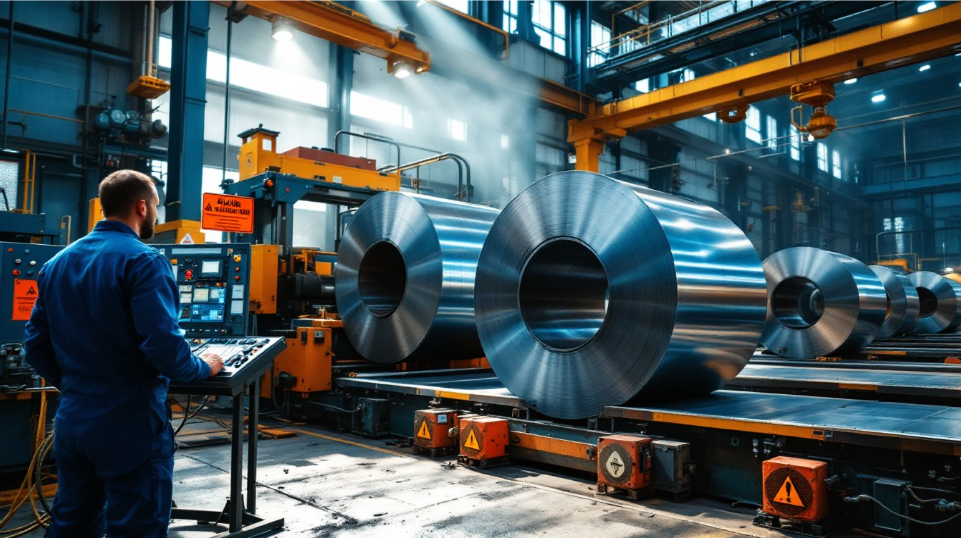Iron ore prices dropped sharply this week, with Asian futures hitting their lowest levels in two months. The July contract on the Singapore Exchange fell to $94 per metric tonne as a combination of weak manufacturing data from China and the announcement of new U.S. tariffs on steel weighed on sentiment.
China’s Factory Activity Contracts
China’s manufacturing sector showed signs of renewed weakness in May, with the Caixin/S&P Global Manufacturing Purchasing Managers’ Index (PMI) slipping to 48.3 from 50.4 in April. This marked the first contraction in eight months, signaling a slowdown in factory output and demand. Export orders, in particular, dropped sharply, marking the fastest decline since July 2023, as new trade barriers and weak global conditions dampened demand for Chinese goods.
Trump’s Steel Tariff Announcement Adds Pressure
Adding to market concerns, former U.S. President Donald Trump on June 3 signed an executive order doubling tariffs on imported steel and aluminum—from 25% to 50%. While the United Kingdom remains exempt until early July, the new rates immediately apply to imports from major producers including China.
The tariffs, aimed at reviving the domestic steel industry, are expected to disrupt global supply chains and increase costs for a wide range of industries. Economists and trade experts have voiced concern that such protectionist measures could reduce global demand for industrial commodities, including iron ore and steel, and further strain relations with key trading partners.
Market Reaction and Outlook
The combined effect of weaker demand from China—the world’s largest consumer of iron ore—and escalating trade tensions pushed iron ore futures down significantly. The drop in prices also weighed on major producers:
- BHP Group shares fell to $48.60.
- Rio Tinto declined to $58.85.
- Vale S.A. traded at $9.31.
- Cleveland-Cliffs rose modestly to $7.56 but remained volatile.
- U.S. Steel Corp. remained steady at $53.76.
Analysts warn that the softening Chinese economy and heightened trade barriers could prolong iron ore’s decline, particularly if global steel demand weakens further in the second half of 2025.
Steel and iron ore markets are expected to remain volatile in the coming weeks as investors monitor Beijing’s policy response to the economic slowdown and await further developments in U.S. trade policy.



